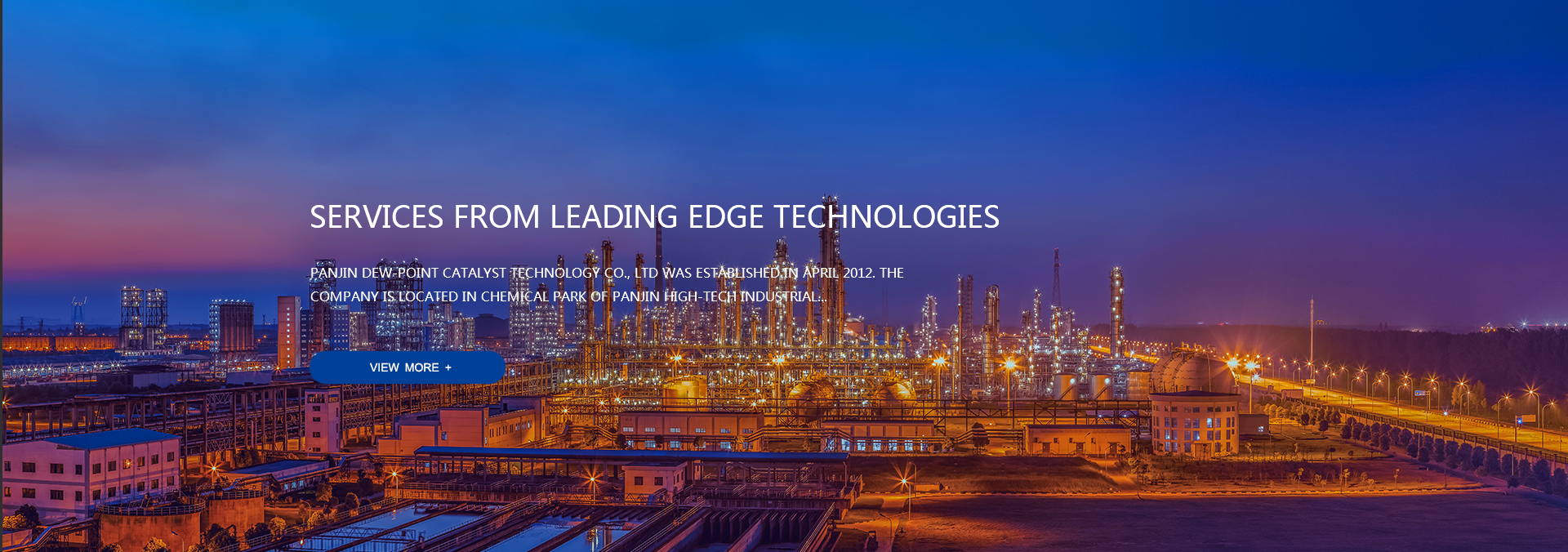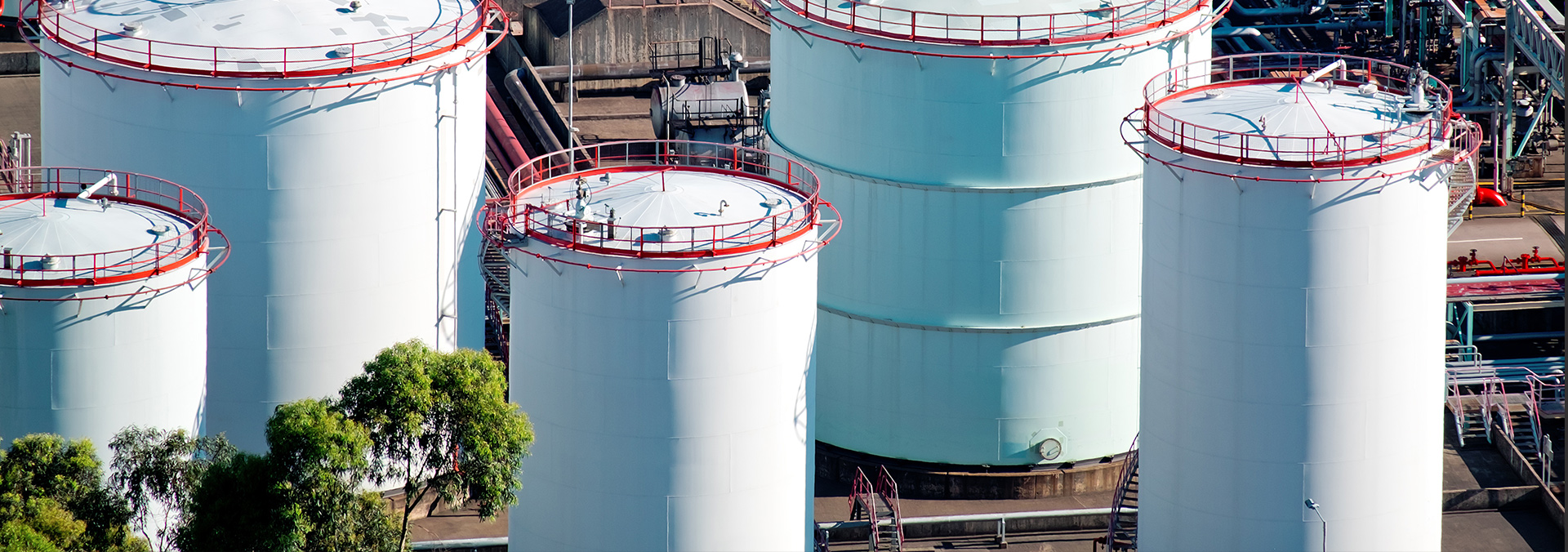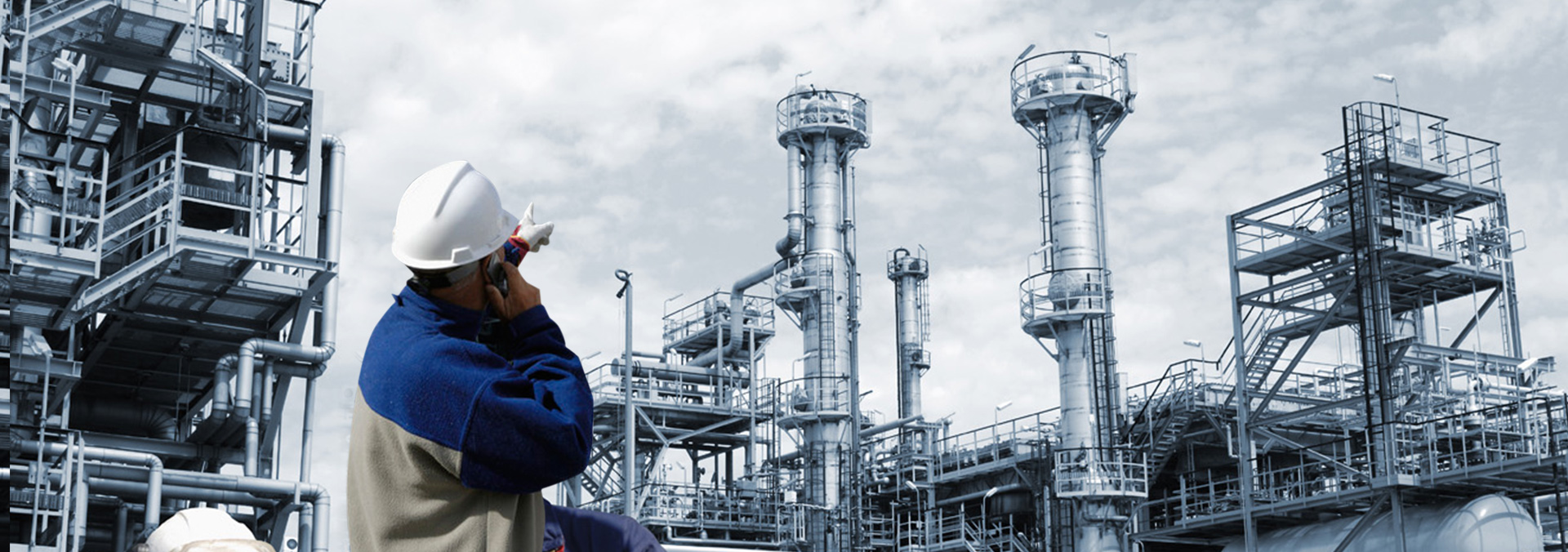Name:Panjin dew-point catalyst technologise co.,ltd.
Add:Chemical Industrial park, high-tech Zone, Panjin City, Liaoning Province, China
Tel:+86 427 659 4508
Fax:+86 0427-6594500
E-mail:service@dpcatalyst.com
power poles Panjin dew-point catalyst technologise co.,ltd. all rights
Hotline
0427-6594508
Introduction to the hydrodesulfurization reaction of Flue Gas Sulfur Dioxide Removal Catalyst
The synthetic ammonia industry has a history of several decades. After the 1960s, due to the development of synthesis gas technology by steam pressure conversion of petroleum hydrocarbons, newly-built large-scale ammonia plants in foreign countries used petroleum light hydrocarbons and natural gas as raw materials to produce ammonia. Most of the large-scale ammonia plants built recently in my country also use naphtha or natural gas as raw materials, while the production of synthetic ammonia and fuel oil refining processes using hydrocarbons as raw materials all contain Flue Gas Sulfur Dioxide Removal Catalyst hydrodesulfurization process.

Using Flue Gas Sulfur Dioxide Removal Catalyst hydrodesulfurization reaction to process feedstock oil has the following purposes:
① Prevent the Flue Gas Sulfur Dioxide Removal Catalyst used in the post-treatment process from being poisoned, such as naphtha hydrodesulfurization to prevent the catalyst used in the catalytic reforming process from being poisoned and losing activity.
②Avoid corrosion of equipment due to sulfide in the raw oil.
③ The fuel oil is hydrodesulfurized by Flue Gas Sulfur Dioxide Removal Catalyst, which can reduce the sulfur oxide content in the exhaust gas and reduce environmental pollution.







